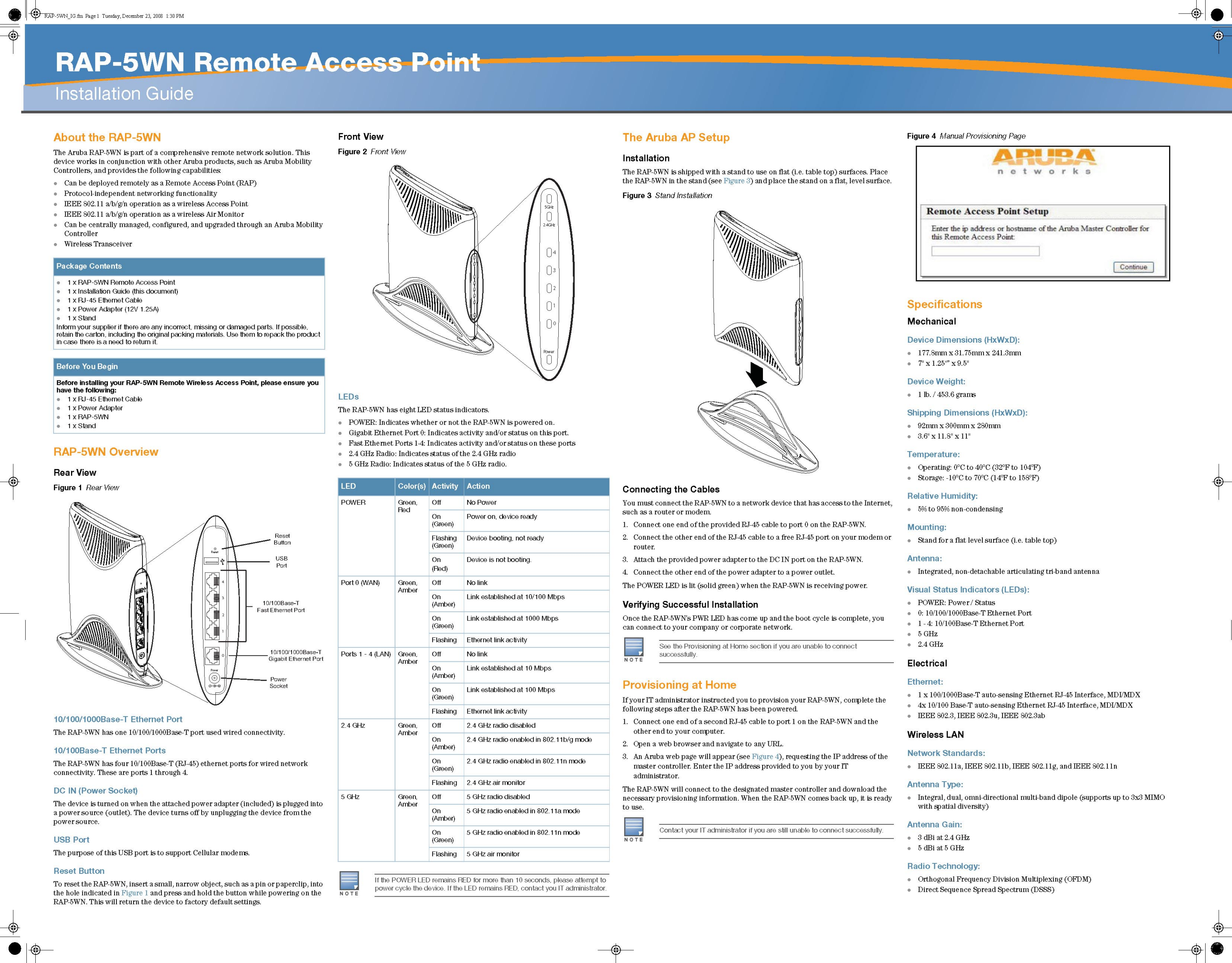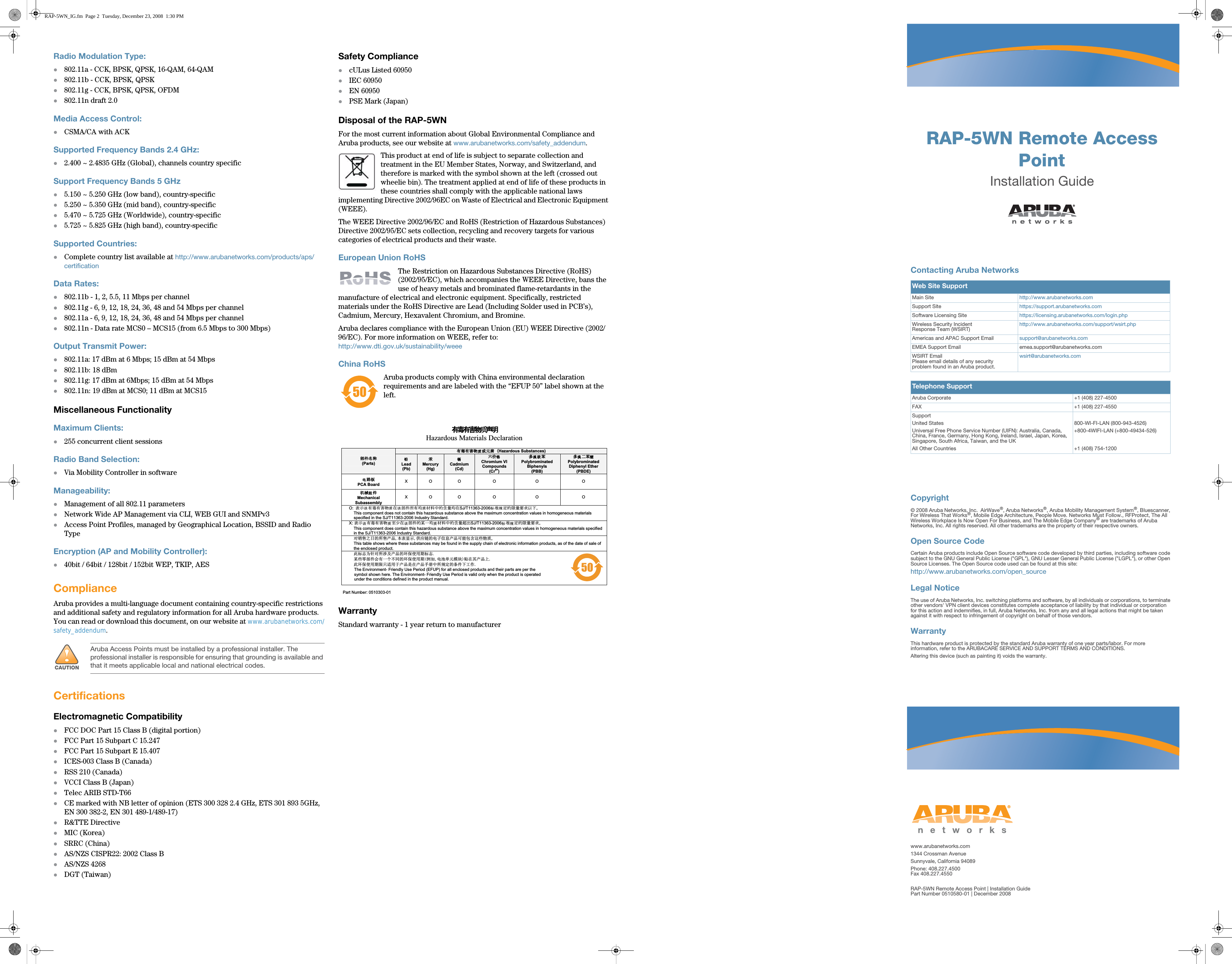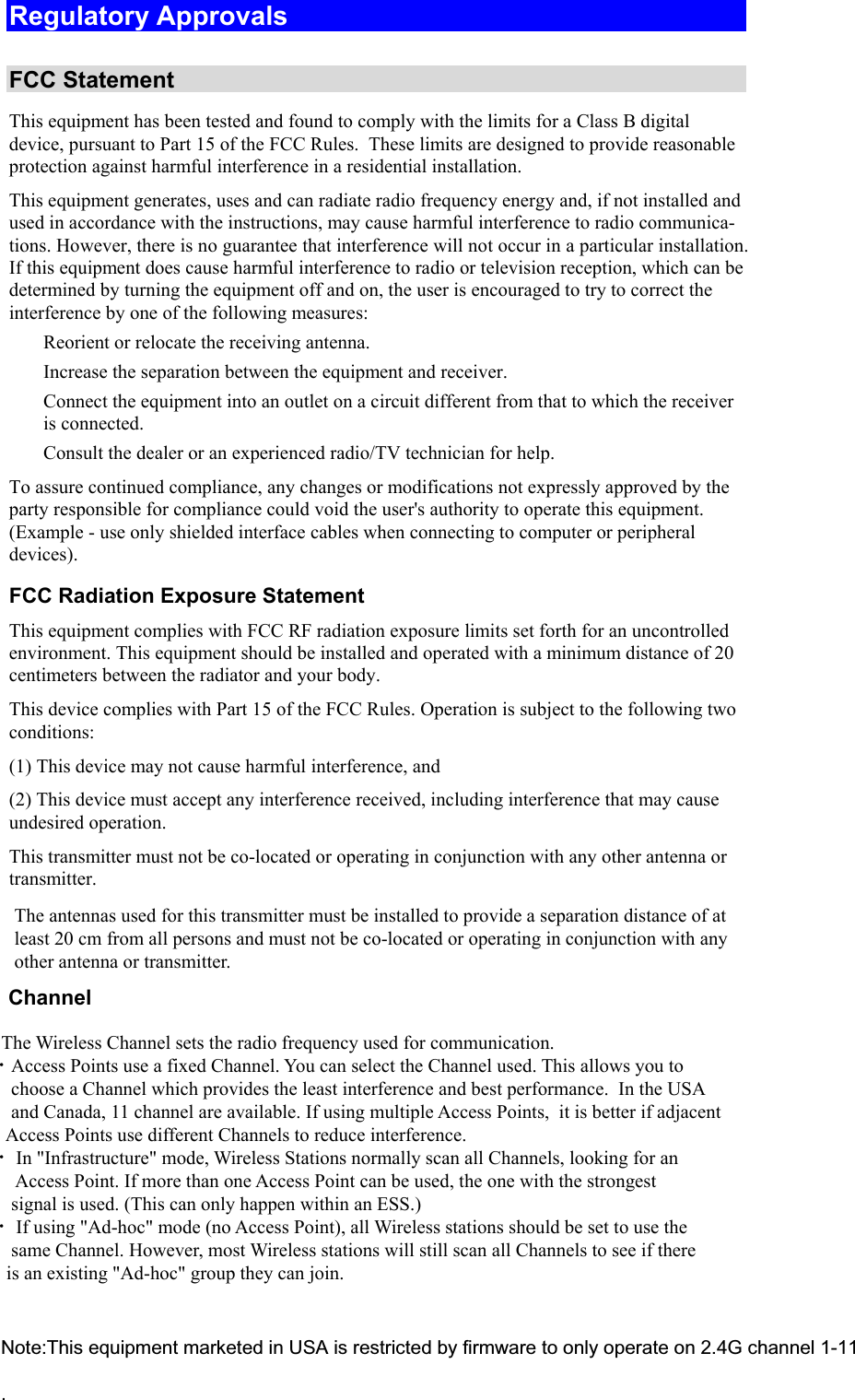Hewlett Packard Enterprise RAP5WN Aruba RAP Multi-port Remote Access Point User Manual RAP 5WN IG
Aruba Networks, Inc. Aruba RAP Multi-port Remote Access Point RAP 5WN IG
Contents
- 1. Users Manual
- 2. manual
- 3. Manual typo corrected
- 4. User manual typo corrected
User manual typo corrected


